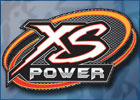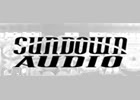Worlds Best Boombox - Custom Pearl Orange Diamondboxx - CLEAN and LOUD
-
Recently Browsing 0 members
- No registered users viewing this page.
-
Who's Online 0 Members, 0 Anonymous, 326 Guests (See full list)
- There are no registered users currently online













Recommended Posts
Join the conversation
You can post now and register later. If you have an account, sign in now to post with your account.